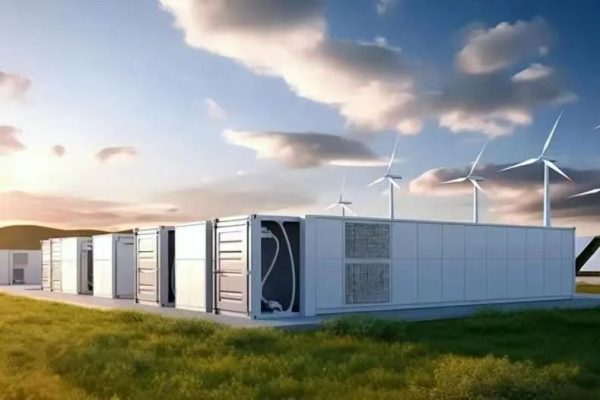The Balance Between Detail and Clarity
In the energy storage system (ESS) export business, suppliers often believe that more technical data automatically builds buyer confidence. While technical transparency is essential, overloading clients with complex or excessive details can actually create confusion—especially for non-technical buyers. Exporters must learn to strike the right balance between providing necessary specifications and maintaining clarity for decision-making.
1. Why Too Much Data Can Backfire
- Information Overload: Dense, technical-heavy documents discourage buyers from reading.
- Misaligned Audience: Not all stakeholders are engineers—decision-makers may include sales managers, procurement officers, or investors.
- Confusion and Misinterpretation: Unexplained technical terms (e.g., C-rate, DoD, IP rating) can be misunderstood.
- Decision Paralysis: Too many numbers without context can slow buyer decisions.
Exporter Tip: Data without explanation is not value—it’s noise.
2. Understanding Buyer Profiles
- Technical Buyers (Engineers, System Designers): Want detailed specs, test reports, and performance curves.
- Commercial Buyers (Procurement, Distributors): Prefer concise overviews, pricing logic, and certifications.
- Decision-Makers (Executives, Investors): Care about ROI, reliability, and compliance assurances.
Exporter Tip: Tailor data presentation to the audience type—one size does not fit all.
3. Prioritize Essential Data First
- Core Specifications: Voltage, capacity, cycle life, warranty.
- Compliance Marks: CE, UL, IEC, PSE, or regional approvals.
- Key Features: Safety functions, scalability, communication protocols.
Exporter Tip: Present must-know information upfront; leave in-depth data for appendices or technical annexes.
4. Use Layered Information Delivery
- Executive Summary: One-page overview with highlights.
- Technical Datasheet: Structured tables for engineers.
- Supporting Documents: Detailed test reports, whitepapers, or manuals available on request.
Exporter Tip: Create a tiered information system so each buyer accesses the right depth of detail.
5. Combine Data with Explanations
- Glossary of Terms: Define acronyms like DoD (Depth of Discharge) or SOC (State of Charge).
- Visual Aids: Graphs, charts, and icons simplify complex numbers.
- Contextual Notes: Explain why one metric (e.g., 6000 cycles) matters for ROI.
Exporter Tip: Turn technical data into decision-making tools, not puzzles.
6. Risks of Overloading Buyers
- Lost Sales Opportunities: Clients may skip your offer if documents feel overwhelming.
- Reduced Trust: Overly complex sheets can seem like an attempt to confuse.
- Misuse of Products: Misunderstood technical specs can lead to incorrect applications.
Exporter Tip: Clarity builds trust faster than complexity.
Clarity Wins Over Complexity
In ESS exports, more data is not always better. Exporters should aim for balanced communication: clear, essential information for all buyers, with deeper technical details available for specialists. By structuring information strategically, suppliers can reduce confusion, speed up decision-making, and strengthen buyer trust. In international trade, the winning approach is not to overwhelm buyers with data, but to guide them with clarity.









